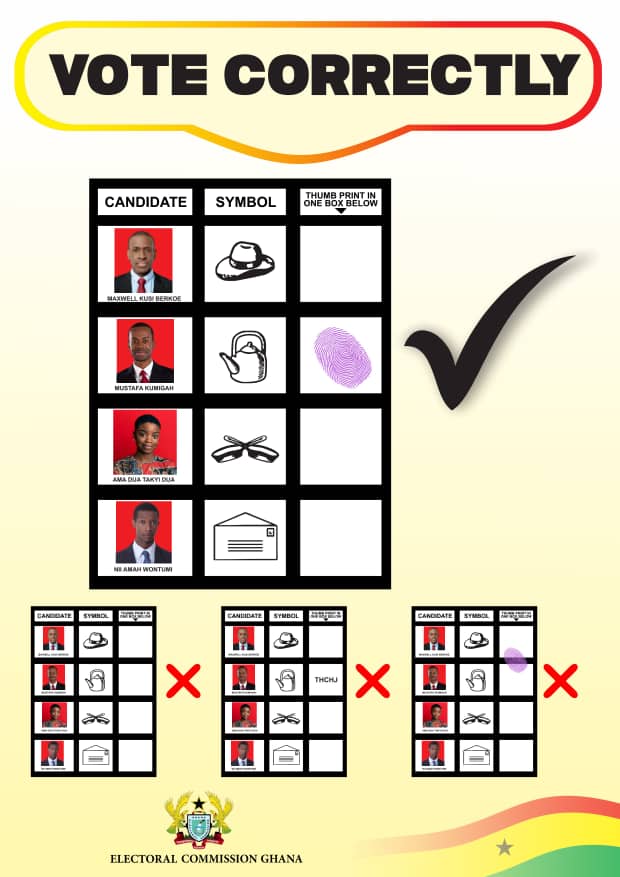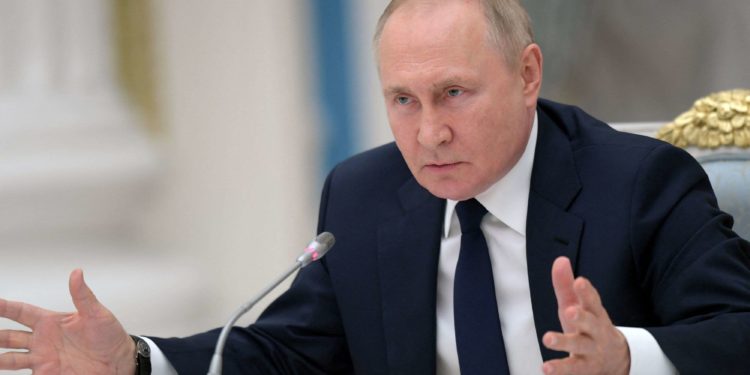Russia’s Economy is Signaling a Fate Worse than Recession
The unfortunate pairing, more often known as stagflation, is something policymakers prefer to avoid at all costs.

“There are signs of cooling domestic demand. However, there is no reduction in inflationary pressure,” Russia’s central bank said in a summary of its latest policy meeting, translated by Bloomberg.
The unfortunate pairing, more often known as stagflation, is something policymakers prefer to avoid at all costs.
- Advertisement -
It’s a scenario harder to thwart than a recession. When an economy slows down, central banks loosen interest rates to revive activity. But if inflation keeps rising, things become complicated. Since interest rates must stay high to cool price growth, governments are left paralyzed.
- Advertisement -
Though Bloomberg said the Bank of Russia didn’t refer to stagflation, the conditions it described make it a sincere concern.
In a separate report this month, the bank projected that GDP would slow down sharply next year. Though Russia’s economy has prospered under its wartime boom, sanctions, production-output limitations, and a severe labor crunch are bound to wear it down by 2025.
The policy summary suggests OPEC+ oil-production cuts are also denting Russia’s growth.
- Advertisement -
Against this backdrop, inflation is still on a tear in Russia. The central bank elected to hike interest rates to 19% this month, as prior efforts have not slowed it down.
To blame is Moscow’s aggressive defense spending, projected to remain at historic highs through 2025. The country’s latest draft budget indicates the spending will decrease slightly in the following two years.
Also at fault are labor shortages. As the Ukrainian front has required Russians, businesses have had to push up wages to attract new workers. By the end of last year, the country was thought to lack nearly 5 million workers.
There’s one caveat to the stagflation fear: If domestic demand continues cooling, the central bank expects inflation to fall alongside it.
Nonetheless, the conditions don’t bode well for Russia. When stagflation last hit the US in the 1970s, the Federal Reserve was forced to initiate a deep recession to end the turmoil.
Source:norvanreports.com
- Advertisement -



